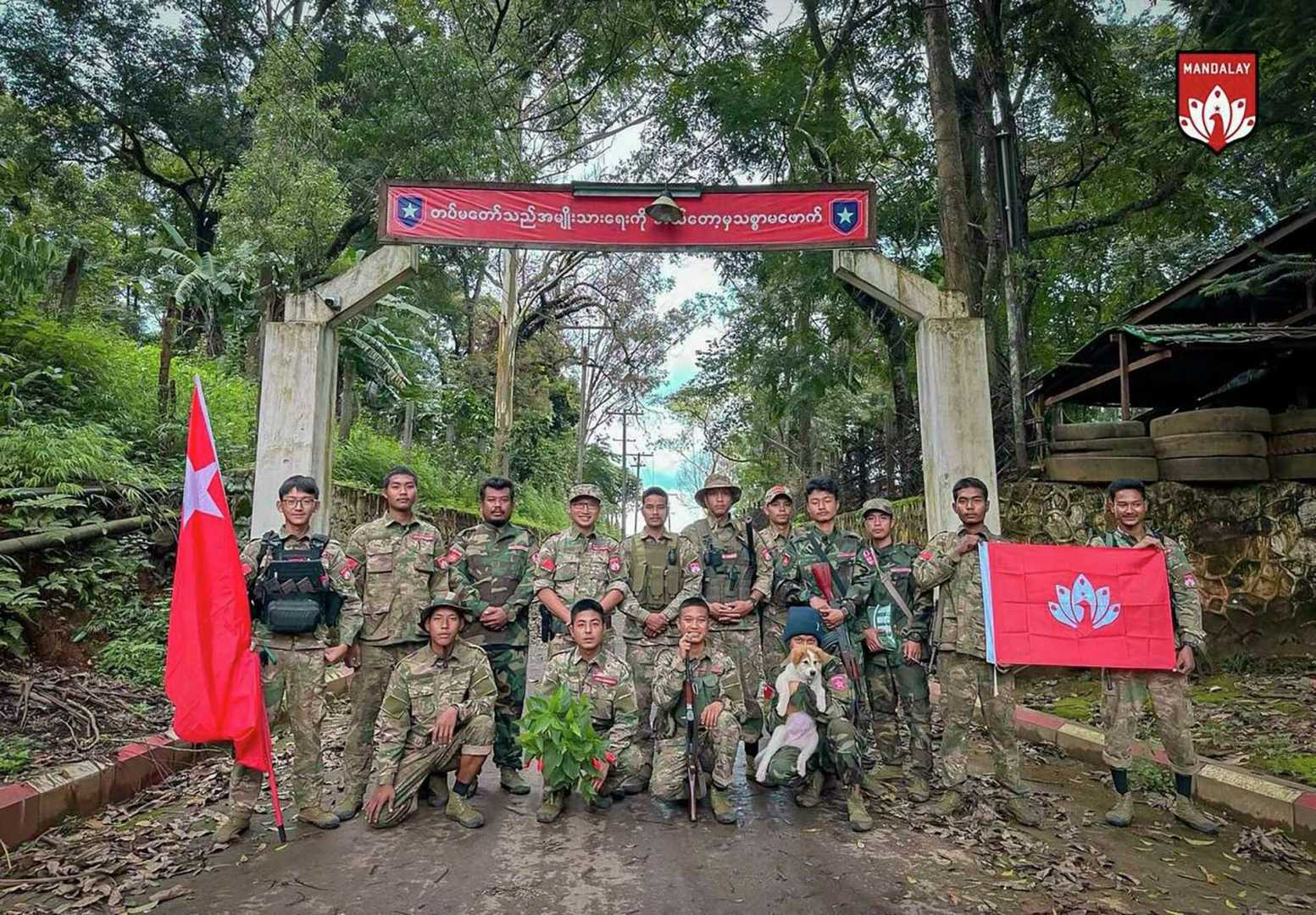World
Myanmar Civil War Enters New Phase as Pro-Democracy Fighters Approach Mandalay

The Myanmar civil war has entered a significant new phase as pro-democracy resistance fighters have advanced to within a few kilometers of Mandalay, the country’s second-largest city. This development marks a substantial shift in the conflict, which had previously been concentrated in the jungles and mountains of ethnic states. The resistance, comprising groups such as the Karen National Liberation Army, Karenni Army, and Kachin Independence Army (KIA), has been gaining ground since several major ethnic armies joined forces in October 2023 to recapture large areas of the countryside.
The approach on Mandalay sends a powerful message to the ruling State Administration Council (SAC) that the rebels remain united and determined to take the fight to the country’s economic and political heartland. This move also highlights the Tatmadaw’s confinement to urban areas, a result of a year of tactical retreats, and the rebels’ ambition to engage in urban warfare despite the considerable risks involved.
The changing season from the rainy to the dry season is expected to impact the battlefield dynamics. Improved weather conditions favor the government military, making it easier for bombing runs and transport of supplies and reinforcements. David Eubank, head of the frontline aid group Free Myanmar Rangers, noted that the shift in weather conditions plays into the Tatmadaw’s hands, particularly with their air superiority and use of attack helicopters, jet fighters, and drones.
The Tatmadaw has also bolstered its forces with at least 30,000 new troops through military conscription and continues to receive weapons and aircraft from Russia and China. Despite these advantages, the motivation of the ethnic armed organizations and People’s Defense Forces, who are fighting for their homes and families, remains a significant factor. The draconian conscription laws have forced many young men and women into the junta’s army, many of whom do not support the junta, further complicating the conflict.
The urban context of the fighting poses new challenges for the resistance, as they are less prepared for urban warfare compared to their experience with guerrilla tactics in remote areas. However, their determination and the dream of establishing a democratic republic continue to drive their efforts despite mounting attrition.












